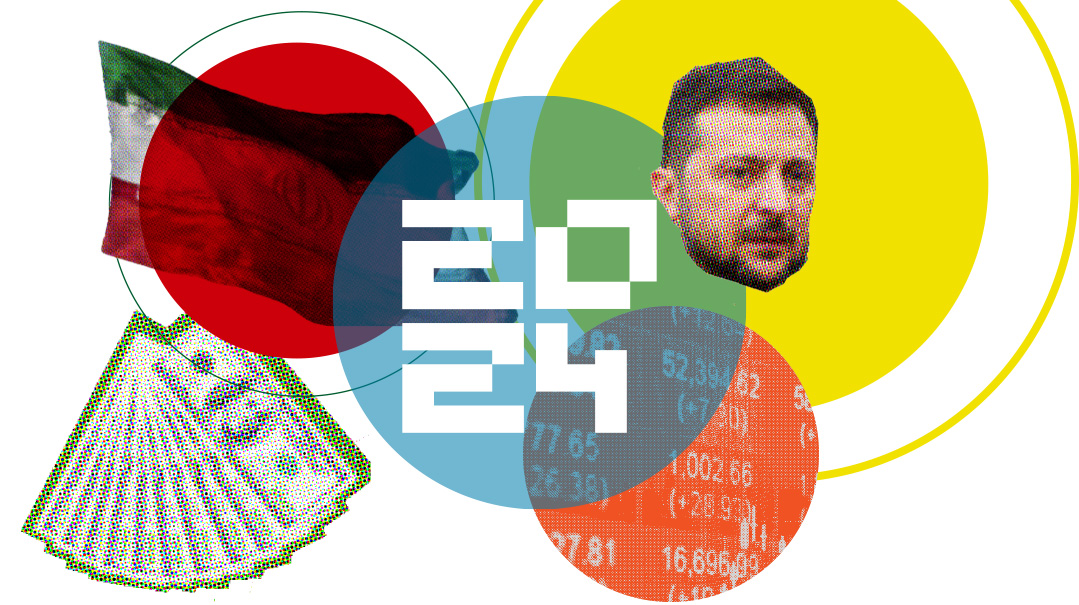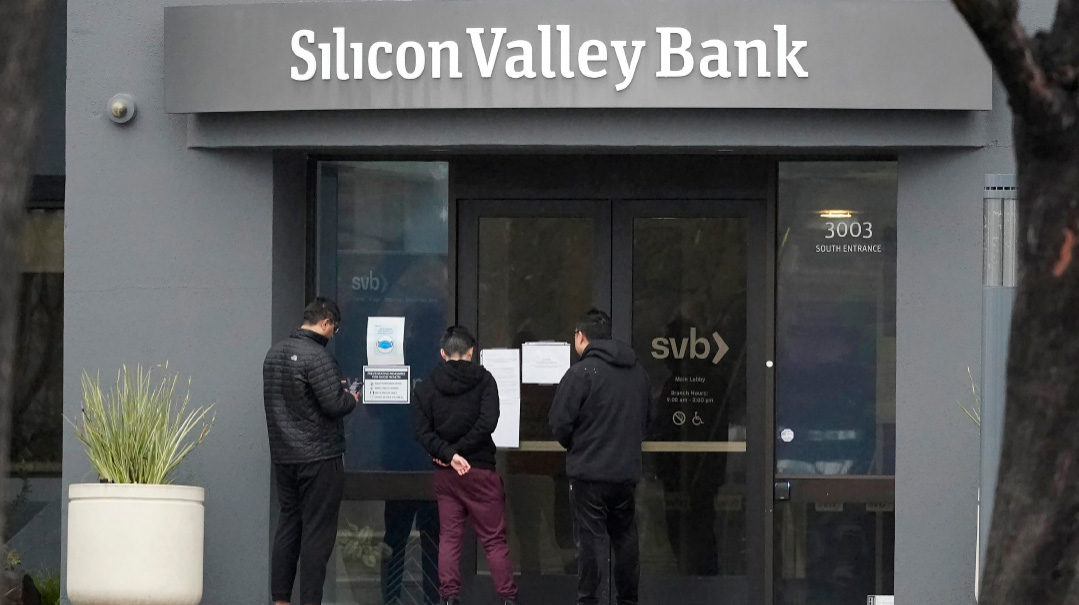Is Wall Street Disconnected From Reality?

It’s just when things are returning to normal that the stock market is trending downward. How does this make sense?

It’s a classic tale of Wall Street versus Main Street.
We’ve talked at length here before about how the real economy is a world apart from the stock market, and Wall Street’s history over the past year is another good example of that trend in action.
On February 14, 2020, the Dow Jones Index reached an all-time high of 29,398 points, within striking distance of 30,000. But then the virus began spreading, and with it fear of a recession. By March 20, 35 days later, the Dow Jones had lost a third of its value, plummeting to 19,173 points. All its gains since 2016 had been wiped out at a blow.
To a layman, this made sense; movement in the stock market seemed to mirror what was happening before his eyes. The entire tourism industry had collapsed. Governments were issuing stay-at-home orders to the public. There was no vaccine for the pandemic and certainly not a cure. The future looked very bleak.
But suddenly, a dramatic reversal began in the stock market. In a matter of weeks, the index soared back up. By June it had reached 27,000, within striking distance of the record highs of earlier in the year. And this, as we noted, at a time when people weren’t flying, going to restaurants, or shopping, and millions were still out of work.
Since then the stock market has continued breaking record after record. Elon Musk and Jeff Bezos exchanged the title of world’s richest man almost on a daily basis, because their companies were exploding and increasing in value nonstop. Take Elon Musk’s Tesla, for instance. In February 2020, before the pandemic, its share price stood at $180. At the height of the crisis it fell to $85. By January 2021 it had risen to $880. It closed 2020 with gains of 743%. Bezos’s Amazon finished the year with gains of “just” 76% and its share price stood at $3,000. Companies such as Apple and PayPal also saw rises, closing the year with increases of 81% and 117%, respectively.
But all this was in the past, before the vaccines and before the end of the pandemic was in sight. And just to illustrate the disconnect between the real economy and the stock market, the past two weeks saw sharp declines that wiped out billions of dollars from hundreds of companies. The Nasdaq Index went from over 14,000 points in mid-February to just over 12,000 in less than two weeks. Tesla also suffered, and its bonds are currently priced at just $600.
But what’s funny is that all this is happening even as the real economy is finally starting to get moving again — the American economy added 379,000 jobs last week, the vaccine drive is shifting into full gear with the approval of the Johnson & Johnson vaccine, and of course the $1.9 trillion stimulus bill has finally passed. So it’s just when things are returning to normal that the stock market is trending downward. How does this make sense?
To better understand what is going on, I reached out to Professor Jay Ritter, Cordell Eminent Scholar at the University of Florida. He told Mishpacha that although bond and equity markets dropped last week, they are still close to all-time highs.
“Within the stock market, tech stocks that have benefited from the movement of people online, such as Zoom Video Communications, have declined, reflecting the opinion that a large fraction of the population in developed countries will soon be vaccinated,” he noted. “As higher-income people spend more money, saving rates will fall, resulting in higher interest rates and lower bond prices.”
He went on to say that not all the market’s rise and fall, however, can be explained so easily. “Tesla, the electric vehicle company, has declined 30% from its peak. The rise and fall of Tesla’s stock partly reflects trend-chasing investors, who are not paying attention to fundamentals. Some of the sharp rises and falls can be attributed to speculators that are following momentum strategies, contributing to the volatility.”
It’s too early to tell if last week’s share price fall is just a natural market correction, as people who bought at last year’s trough make a profit now, or the massive price rises are the sign of a bubble from which the air is starting to escape. Either way, the Main Street-Wall Street debate goes on.
(Originally featured in Mishpacha, Issue 852)
Oops! We could not locate your form.













